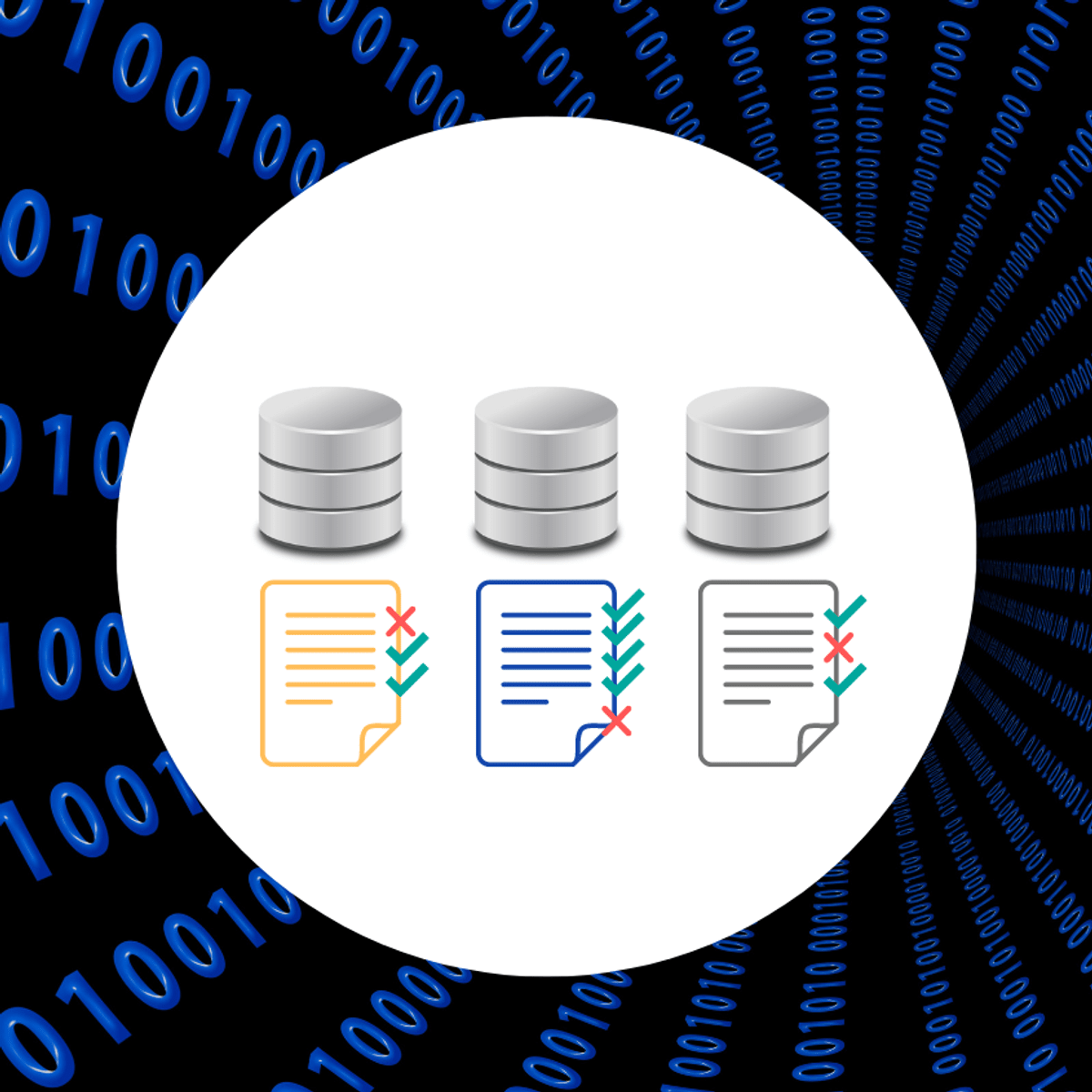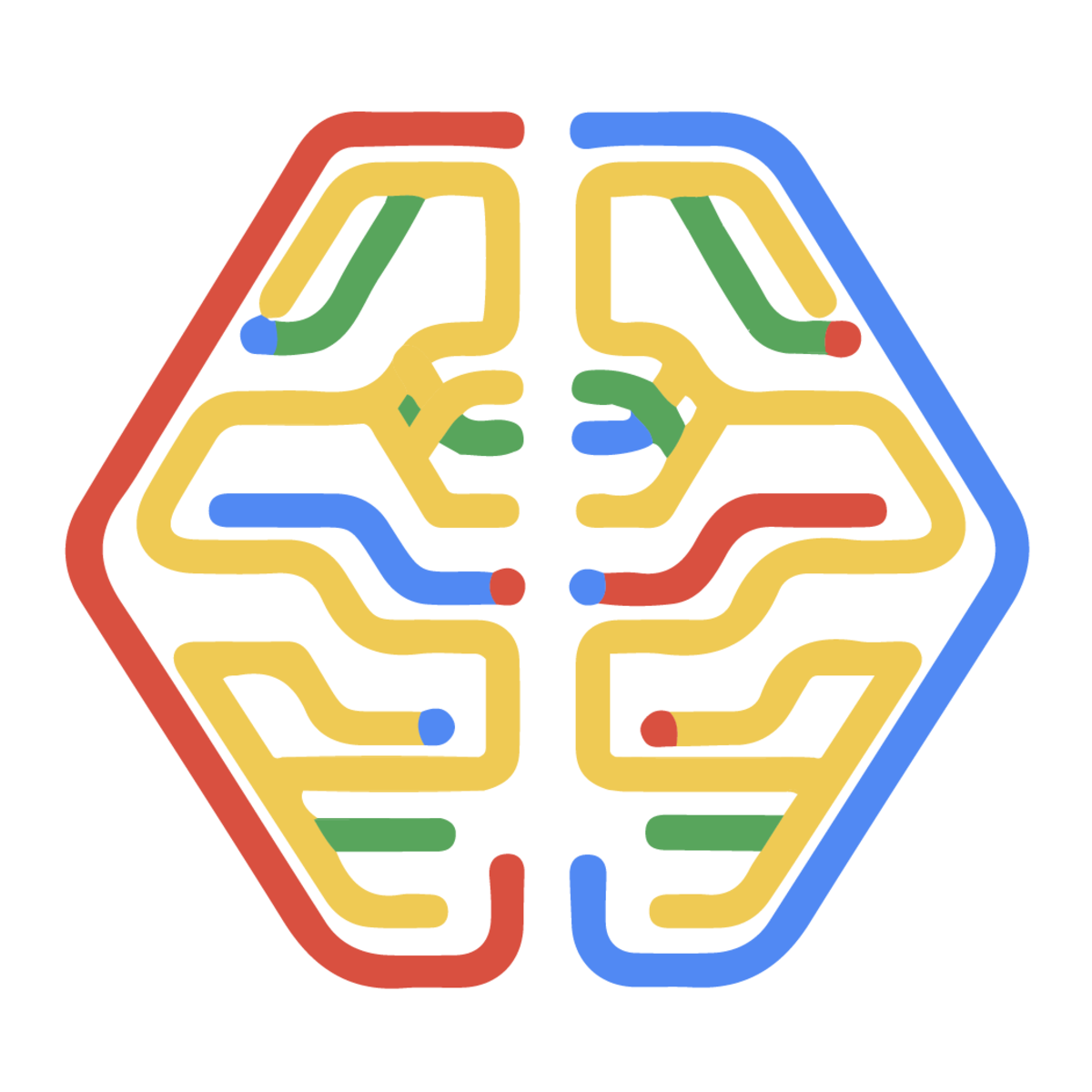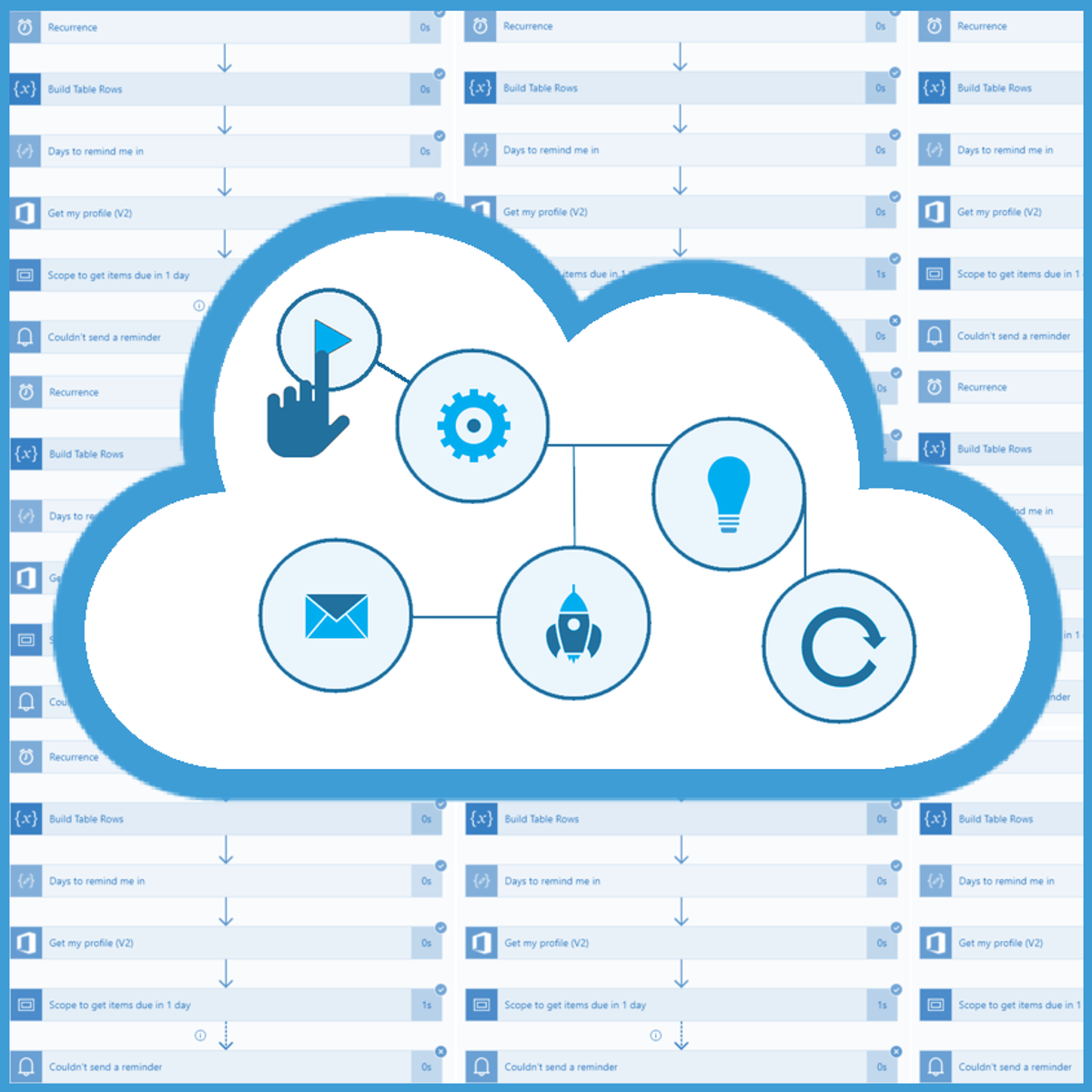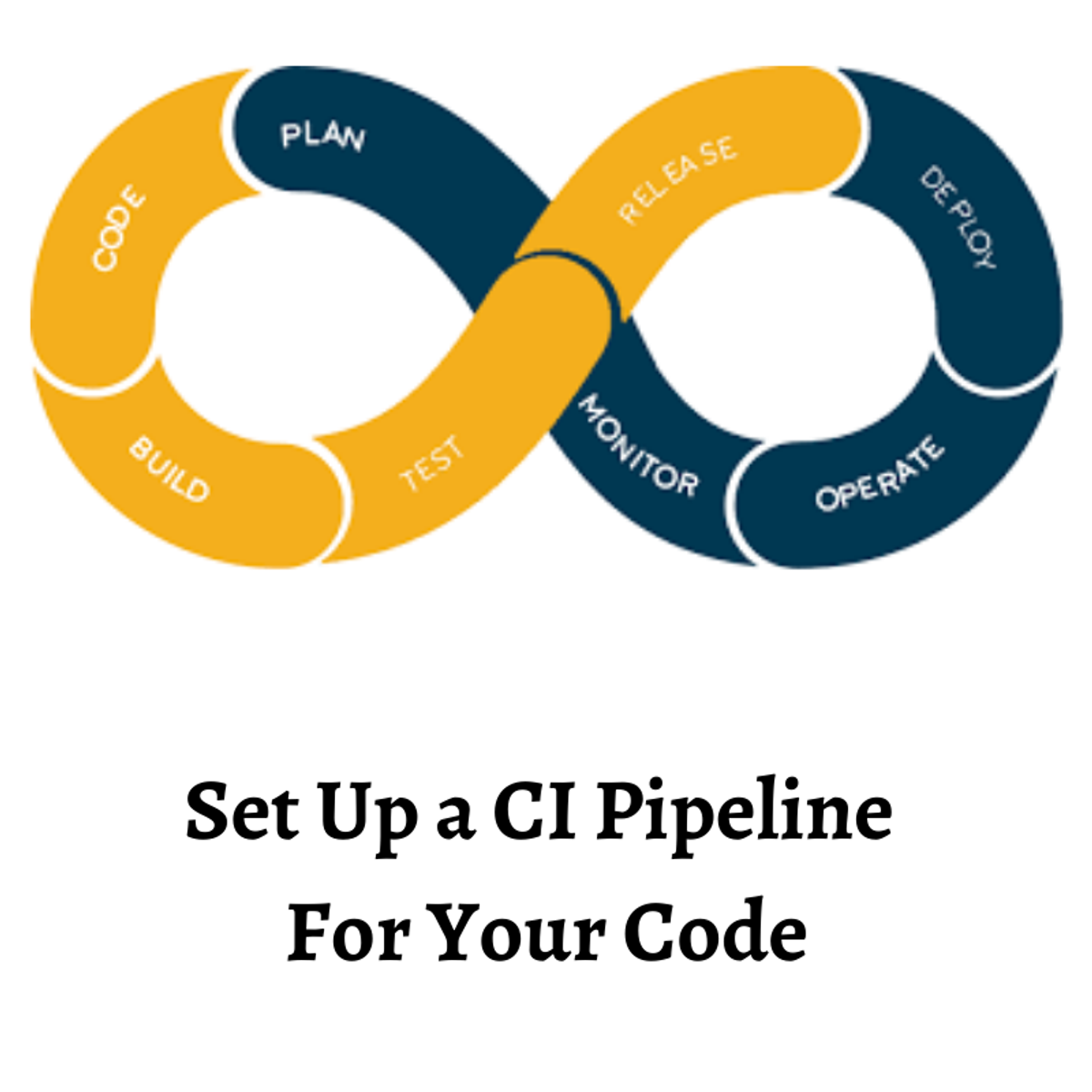Back to Courses









Information Technology Courses - Page 65
Showing results 641-650 of 1471

Looker Developer - Qwik Start
This is a Google Cloud Self-Paced Lab. In this lab, you will learn about the fundamental LookML structures, create a view, and join the new view to an existing explore.

Choose Azure SQL Database Service Tier that Suits Your Needs
Which PaaS (Platform as a Service) should you use to create business applications much more quickly than with on-site solutions? Which database engine fits your performance needs? Moreover, which purchasing model should you consider? These questions and more will be answered within this Guided Project.
In this intermediate-level guided project, you will create a resource group, a new SQL Server, and 3 Azure SQL databases using various purchasing models. Various queries will be run against the databases and the performance of each database will be monitored. At the end of the project, you will get an overview of each option available which will help you choose the right one based on your business needs.
The requirement for this project is having a free and active Azure account and an active Azure subscription. You will be provided instructions on how to obtain these requirements within the first task.

Process Data with Microsoft Azure Synapse Link for Cosmo DB
In the past, performing traditional analytical workloads with Azure Cosmos DB has been a challenge. ETL mechanisms to migrate data from Cosmos DB to platforms more suited to performing analytics on data exist, but are a challenge to develop and maintain.
Azure Synapse Link for Cosmos DB addresses the needs to perform analytics over our transactional data without impacting our transactional workloads.
This is made possible through the Azure Cosmos DB Analytical store, which allows us to sync our transactional data into an isolated column store without us having to develop and manage complex ETL jobs, providing us with near real-time analytical capability on our data. In this project we will step through the process of configuring the services and process data using the Microsoft Azure Synapse Link for Cosmo DB.
If you enjoy this project, we recommend taking the Microsoft Azure Data Fundamentals DP-900 Exam Prep Specialization: https://www.coursera.org/specializations/microsoft-azure-dp-900-data-fundamentals

Launch an auto-scaling AWS EC2 virtual machine
In this 1-hour long project-based course, you will learn how to Launch an autoscaling AWS EC2 virtual machine using the AWS console.
Amazon Elastic Compute Cloud is the service you use to create and run virtual machines (VM), also known as instances. By completing the steps in this guided project, you will successfully launch an auto-scaling Amazon EC2 virtual machine using the AWS console within the AWS Free Tier. You will also verify the auto-scalable EC2 virtual machine and then terminate your scaling infrastructure.
Note: This course works best for learners who are based in the North American region. We’re currently working on providing the same experience in other regions.

Build your first Search Engine using AWS Kendra
This project is focused on building your first search engine using Amazon Kendra without writing a single line of code. By the end of this guided project, you will be able to build your first enterprise search engine by leveraging Amazon’s Kendra. Search as a capability is an important feature which is required by almost all medium and large enterprises as search helps filter relevant and required information in the world of big data. Search helps find relevant information quickly and saves time to go through vast information. Google’s first product was search engine, Amazon leverages search capability to browse the millions of products listed on its marketplace, Facebook has search capability for its users to find friends based on name, location, etc. and Microsoft also has its own bing search engine. AWS Kendra provides search as a service capability and as part of this guided project we shall study how to build a search engine.

Computer Vision Fundamentals with Google Cloud
This course describes different types of computer vision use cases and then highlights different machine learning strategies for solving these use cases. The strategies vary from experimenting with pre-built ML models through pre-built ML APIs and AutoML Vision to building custom image classifiers using linear models, deep neural network (DNN) models or convolutional neural network (CNN) models.
The course shows how to improve a model's accuracy with augmentation, feature extraction, and fine-tuning hyperparameters while trying to avoid overfitting the data.
The course also looks at practical issues that arise, for example, when one doesn't have enough data and how to incorporate the latest research findings into different models.
Learners will get hands-on practice building and optimizing their own image classification models on a variety of public datasets in the labs they will work on.

Use Process Advisor to Analyze and Automate Manual Process
Imagine working in a car rental company that manually tracks which cars are rented out and which ones are ready for rental. As employees, we are responsible for informing all other employees about available cars each day and we are performing a repetitive process each day: we have to open SharePoint, find a site and Excel file, download the file, open it in Excel, filter out available cars, export it as PDF and send it by email to other colleagues who are responsible for car rentals, so they know which cars can be offered to the customers. Of course, this process is time consuming, and we don’t know which part of that process can be automated or how to automate it.
Thankfully, with Power Automate Process Advisor, not only can we see where the bottlenecks are and what can be automated, but we can also get a recommendation for which actions a Power Automate flow could be used for achieving the wanted automatization of this business process. With that, we can easily give machines to handle the repetitive process and spend our time on other business tasks. So, from 7 manual steps which must be done each day, we will end up with only 1 manual step, triggering the flow which we will create. How cool is that?
This Guided Project " Use Process Advisor to Analyze and Automate Manual Process" is for any business professional who is looking to automate any kind of manual business process. In the project you will create a SharePoint site and a list (from a sample Excel file), and learn how to use Power Automate Process Advisor to analyze the manual process. You will also create a flow with the guidance of the Process Advisor analysis result. What’s great about SharePoint and Power Automate is that anyone can learn to use them regardless of their educational background!
Since this project uses Office 365 services (SharePoint, Excel, Outlook) and Power Automate (part of the Microsoft Power Platform), you will need access to a Microsoft account and a Microsoft 365 Developer Program subscription account. In the video at the beginning of the project you will be given instructions on how to sign up for both.
If you are ready to make your and your colleagues’ lives easier by starting to automate manual, time-consuming processes which are hard to track, then this project is for you! Let's get started!

Personnel & Third-Party Security
In this course, you will learn all about the process of implementing effective education, training, and awareness programs. You will also study the role personnel security plays in protecting an organization’s assets, intellectual property, and physical assets. You will also be introduced to the steps required for effective Vendor Risk Management (VRM), including: due diligence, contracting, monitoring & accessing, and termination. Throughout the course, you will engage with current case studies that illustrate the key concepts in your lessons. You will also have the chance to submit assignments in which you will apply the material in a practical application.

Set up a Continuous Integration (CI) workflow in CIrcleCI
In this 1-hour long project-based course on Setting up a Continuous Integration (CI) workflow in CircleCI, you will work through the complete workflow of getting a development project (nodeJS application) through version control (git and GitHub) and into a simple CI pipeline in CirclCI.
This course is designed for developers who have never worked with a CI tool before who want to understand how continuous integration can benefit their development processes and/or how it fits together in a development lifecycle.
By the end of this course, you will have a working pipeline of your own (in your own CircleCI user account) which will handle the building and testing of your code based on any pull requests made to your project repository in GitHub
This is a beginner course and as such is not designed for intermediate developers or DevOps professionals and students who already understand CI/CD and want a deep-dive on CircleCI and its various configuration capabilities.
Note: This course works best for learners who are based in the North America region. We’re currently working on providing the same experience in other regions.

DevOps on Alibaba Cloud
Course description:
The ACP DevOps Engineer Course is designed for developers and operations experts who will be deploying applications on Alibaba Cloud using DevOps tools and best practices. The course covers Alibaba Cloud's Kubernetes Container Service (ACK), the ARMS Prometheus monitoring service, Log Service, ActionTrail, Container Registry, and more. It’s recommended for developers, Operators & Maintainers.
The ACP DevOps Engineer Certification is designed for developers and operational experts who will be deploying applications on Alibaba Cloud using DevOps tools and best practices. The exam covers Alibaba Cloud's Kubernetes Container Service (ACK), the ARMS Prometheus monitoring service, Log Service, ActionTrail, Container Registry, and more.
To earn an official Alibaba Cloud certificate please find the register portal on Academy's website:
https://edu.alibabacloud.com/certification/acp_devops
Popular Internships and Jobs by Categories
Browse
© 2024 BoostGrad | All rights reserved


